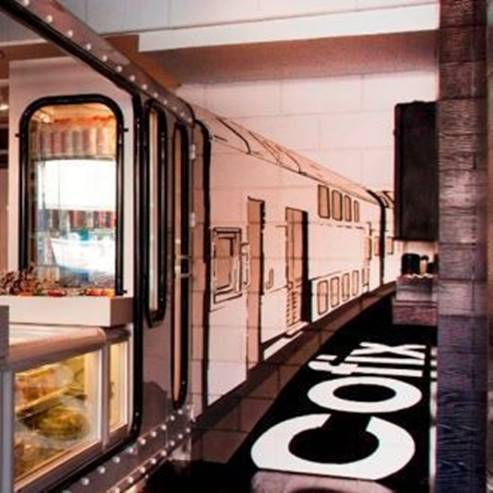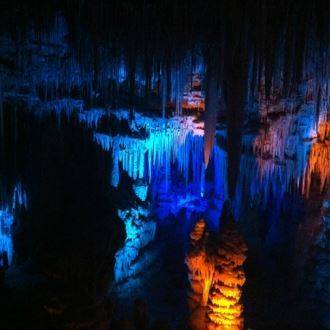A new light shines in the Stalactite Cave
Visit in Stalactites Cave. Guided visit - only by reserve guides.
The stalactite cave reveals a magical world of stalactites and stalagmites, sculpted by nature over tens of thousands of years. The Israel Nature and Parks Authority has installed a new lighting system in the cave, which protects the stalactites and stalagmites from light damage, and creates an enchanting atmosphere for visitors to enjoy.
Main points of interest:
The karst phenomenon - stalactites and stalagmites
Viewpoints over the hills of Jerusalem and the Judean plain
Viewpoints
Beautiful viewpoints over the hills of Jerusalem and the Judean plain, from the parking area and the entrance to the cave
Internal viewpoint across the cave
Israel Nature and Parks Authority activities to improve visitor services and preserve the site
The Authority has set up a parking area, installed toilets and taps, built a path inside the cave, and screens an explanatory video about how the cave was formed. They have also installed special lighting at a particular wavelength that does not emit heat, and prevents the development of algae, as well as taking the cave out of the Hartuv quarry range, preserving it and monitoring the air inside so as not to damage the stalactites and stalagmites.
How to get here:
Go south from the Shaar HaGay interchange (Route 1) to Route 38, and turn left onto Route 3855 just before Bet Shemesh. At the second roundabout, before Mahseya, turn left onto Route 3866 and follow it for around 5 km until the T-junction with the Challenger Memorial next to it. Turn left at the junction and you will reach the cave parking area.
Background
The stalactite cave is a natural cave in the western foothills of the Nes Harim range. The cave was discovered in 1968 following rock blasts at the Hartuv quarry. It is 82 m in length and 60 m wide. Although not that large, it contains a magnificent world of stalactites and stalagmites in a range of shapes and Raecolours, which would be impressive even for much larger caves.
The stalactite cave is a karst cave. It was formed by the dissolving of calcite from rose formations. Rainwater trickles to the ground, becomes enriched with carbon dioxide and turns into a weak acid. This acid gradually dissolves the rock. As the water drips into the cave, it secretes a small amount of the dissolved calcite, which eventually forms the stalactites and stalagmites.
The stalactites which come down from the roof into the cave can grow to a length of 4 m. Some of the stalactites join up with stalagmites growing up from the floor. There are stalactites ranging from just a few millimetres in diameter, to several metres. The stalactites develop in a range of shapes - shelves, curtains, cluster stalactites, coral and as many other shapes as nature can imagine, and in an abundance of colours.
Stalactites that are 300,000 years old and more have been discovered in the cave, and scientists use these to track changes in the climate of this region between then and now. There are even ‘older’ stalactites, but today’s measuring methods are not accurate enough to estimate their age.
The new lighting in the cave is based on LEDs that do not emit heat. The wavelength of the light prevents the development of algae on the stalactites and stalagmites, and helps to preserve them.
The reserve is named in memory of Avshalom Shoham, an IDF soldier who was wounded during his army service and died from his wounds.
Trip route
1. On the way to the cave
The Avshalom Reserve spreads across 274 dunams of Mediterranean scrubland, including flora and fauna typical to the region. The dominant tree is the common oak, and with it grow the mastic tree, the spiny broom, the thorny burnet and buckthorns. Dozens of geophytes and various flowers blossom in the spring. Wildlife in the Reserve includes deer, foxes, jackals and birds native to the Jerusalem hills.
A path and around 150 steps go down from the car park to an observation area overlooking the cement factory, Bet Shemesh, the Tzora range, Nahal Sorek and the Judean plain.
2. Tour of the cave
Visitors first enter the cave acclimatisation room. In this hall an 8-minute video is screened, which explains how the cave was formed and its character. The tour begins at the end of this screening, and includes several stations:
The plaza - From the plaza you can see the general appearance of the cave. The lighting focuses on ‘characters’ and ‘sculptures’ in the cave. As we continue on the tour, we will look at these more closely.
The Elephant’s Ears - This pillar is one of the oldest and most impressive in the cave. It is tens of thousands of years old. Next to the pillar are pools of water where the dripping water collects. The water does not fill the cave since it continues to penetrate through the floor. This is the place to see the cracks in the cave and their impact on the way the stalagmites and stalactites are arranged.
Helictite clusters - Helictites are made from residue which develops in the cave in partially dry areas, especially along small cracks which provide only small amounts of water. Helictites grow in all directions, even seemingly against gravity. Their coiled shape is what gives them their name (helix in Greek is a coil). It is assumed that the way they are formed is the very small amount of water going up through the tiny cracks, together with the secretion of the calcite dissolved in it. At this station we will see stalactites and stalagmites in a range of colours. A red colour attests to the presence of iron oxide on the rock, and a bright white colour attests to fresh calcium carbonate residue, the main mineral which forms the rocks in rose formations.
The Sculpture Garden - At this station visitors are welcome to use their imagination. Here you can see Samson bringing down the columns of the Philistines’ temple, a figure holding a baby, Moses holding the tablets of stone, Santa Claus, a frog, Aladdin’s hat, and many more.
‘Unrequited Love’ - An active imagination will be useful at this station too. A stalactite growing down from the ceiling, and a stalagmite growing up from the floor are almost kissing one another, but due to a lack of dripping water, they stopped growing just a few millimetres from each other, and did not manage to ‘fulfil their love’. From time to time we will see some gentle dripping for a few days, and it may well be that in the future this will increase, and ‘Romeo and Juliet’ will finally meet. This is the lowest point of the tour, around 60 m below ground level, and around 20 m below the entrance to the cave.
The Triangular Pool - Here we can see a pool, which serves as an example of the development of calcite rafts. Calcite rafts are when a calcite residue covers almost all of the pool with a thick crust, which can take the weight of a grown man. Here, too, we can see ‘sculptures’, which are often described as the ‘bald and smiling Buddha’, and a sculpture that looks like Moses in his basket.
‘The Wall of Honey’ - This is the biggest and most active wall in the cave, since water drips down it all year round. The flow of water gives the column the appearance of honey. Here we can also see an impressive array of stalactites in coral shapes - an area that has earned the nickname the ‘coral reef’ or the ‘Red Sea’. Behind the ‘reef’ is a relatively large stalagmite, surrounded by several small stalagmites, and together these look like Snow White and the Seven Dwarfs. Visitors with fertile imaginations might also see a witch, a prince and a two-humped camel.
‘The Kindergarten’ - Here we can see many small stalactites just beginning to develop. This station is close to the exit and marks the end of the tour.
- Type
- Hiking
- Region
- Jerusalem Area
- Near to
- Jerusalem
- Length
- 2 Km
- Duration
- One to two hours
- Recommended season
- Spring
- Starting point
- Avshalom Reserve (map)
- Ending point
- Stalactites Cave (map)
- Special equipment
- Shoes, hat
- Parking
- Parking
- Accessibility
- Accessible
- Admission
- Admission charge
- Circular
- Circular
- Drinkable water
- Drinkable water
- Suitable for children
- Suitable for children
- Picnic suitable
- Picnic suitable
- Phone
- +972-2-991-1117
- Fax
- +972-2-9990215
- st.netifim@npa.org.il
Similar trails
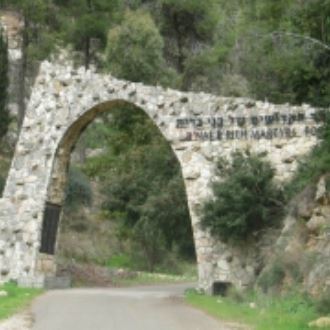
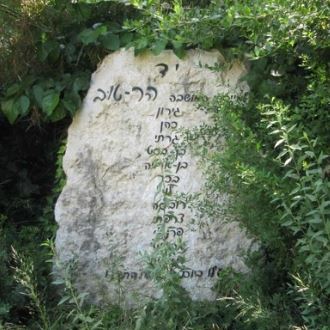
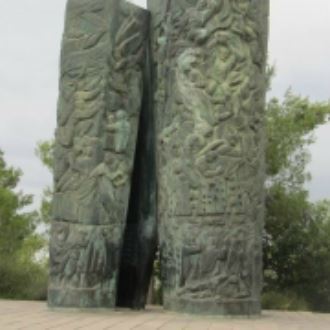
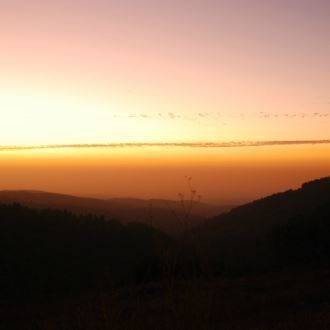
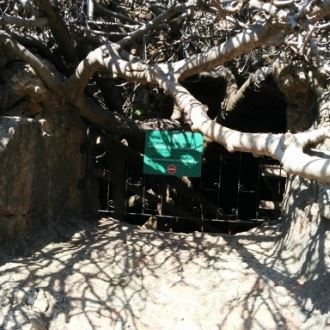
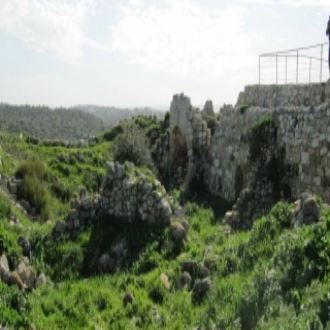
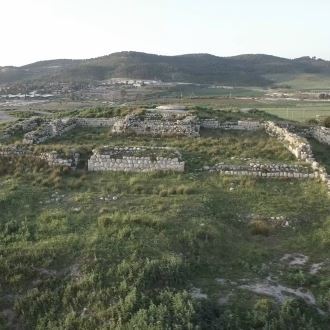
Nearby attractions
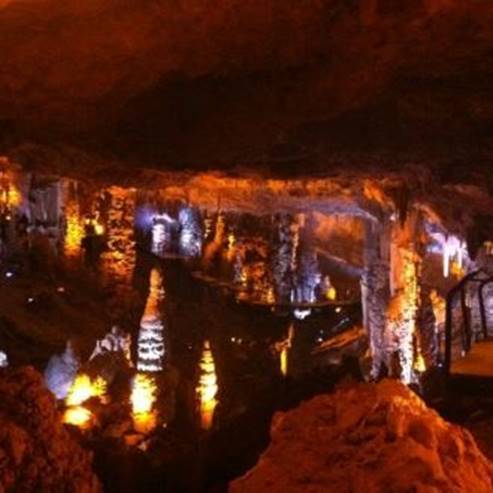
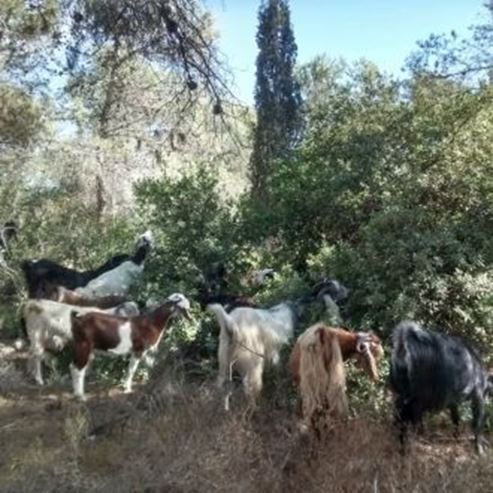
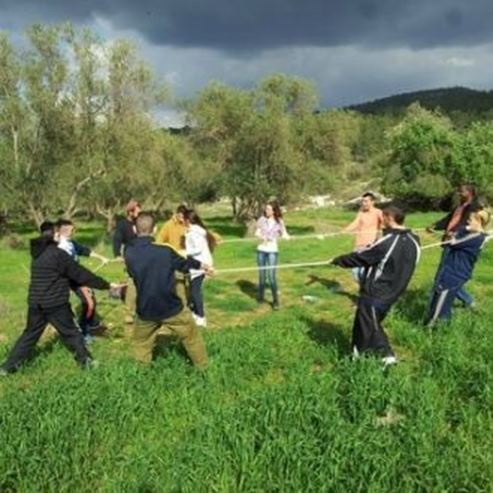
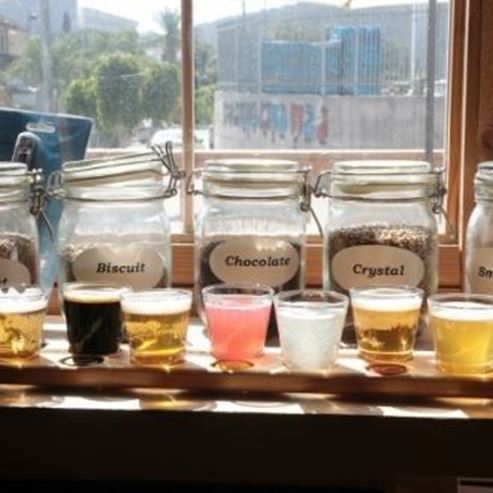
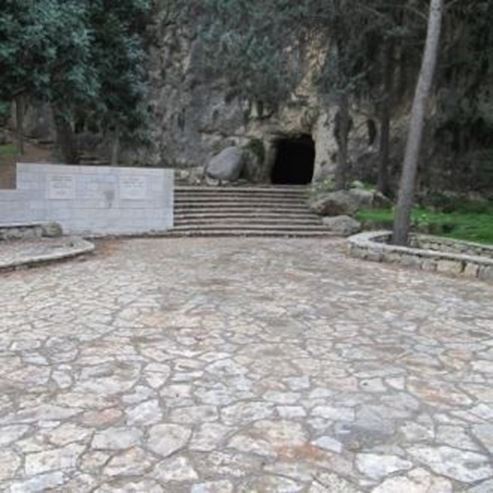
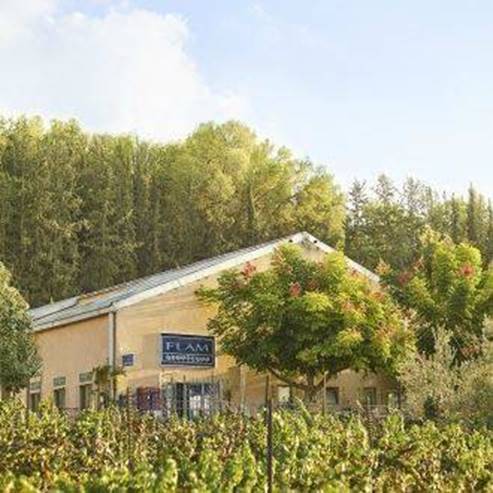

Nearby restaurants

Aroma Shimshon Junction



